Ever since humans figured out how to use our hands, we’ve been drawing on walls. Cave paintings were the first form of graffiti, before property and societal norms were pushed so hard. The feeling of looking at a blank wall and seeing a canvas, the urge to put your own personal form of art on a bland slab–it’s truly human.
Graffiti, as an art form, is highly polarizing. Some applaud the culture, some appreciate the more high-quality pieces, and some look down on those who they think are polluting the public space. I find it to be a deeply rooted form of human expression, and there’s nothing anyone can do to eliminate it.
Graffiti started around the 1960s in New York City, with an unspoken competition for each artist – also known as writers – to have their name be the most well known. It was, in essence, a fight to be the most notorious. In NYC, if your name was the biggest on the streets, you were up there with the best.
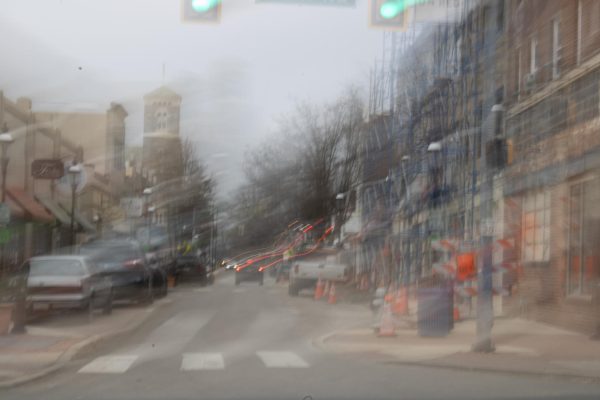
Tagging is the simplest form of graffiti, and one of the most hotly debated. The practice of using geometrically complex, but not fully fleshed out designs, to display a word or phrase is easily the most common, and in my opinion, the rawest. Tagging, often seen as lazy, ugly, or low-stakes – which I agree that at times it can be – is the purest form of rebellion and expression. Expressing your thoughts via throwing a few well-practiced lines on a wall is a freeing feeling for some, and a rush for others.
More complicated, and less appreciated than other forms of graffiti, are throw ups. A writer expands their lines into blocks, creating an amalgamation of shapes and outlines that communicates their style in a more hasty black-and-white rendition. The practice is a little less common than tagging, but still a way for artists to use simple colors and shapes to convey a message. Throw ups are contested in the graffiti community, as writers fight about what “real” graffiti is.
Pieces, on the other hand, are generally received more positively by the general public than the other forms are. Curves, corners, technicolor highlights and fill-ins, 3D blocks — all swooping and twisting in and out of one another to cast an image inside from a seasoned writer’s mind outward onto their canvas. Well-made pieces are infused with the effort and emotion put into each pass of a can and push of a roller; the adrenaline shows in the vibrant fades and dark shadows.
Even though the art of graffiti is heavily ingrained into society, appreciated by many as the desperate lust for freedom and rebellion that all humans carry, it’s not always positive. As much as I appreciate seeing a city’s inhabitants making their mark, the fact still stands that it is vandalism. Although writers generally follow an unspoken rule compelling them not to write on cars, homes, storefronts – places that are meaningful – some writers take a more extreme stance and write wherever they want, just to make a mark. I, personally, don’t support this type of graffiti, but there will never be an agreed-upon line, as it’s still illegal and looked down upon by those who find comfort in order.
Graffiti is art, and an art form that can’t be killed. There will always be a teenager writing their name in cursive in a gas station bathroom, and there will always be those that want to fill a cold city with light, and there will always be those that fight back. I think that’s beautiful.
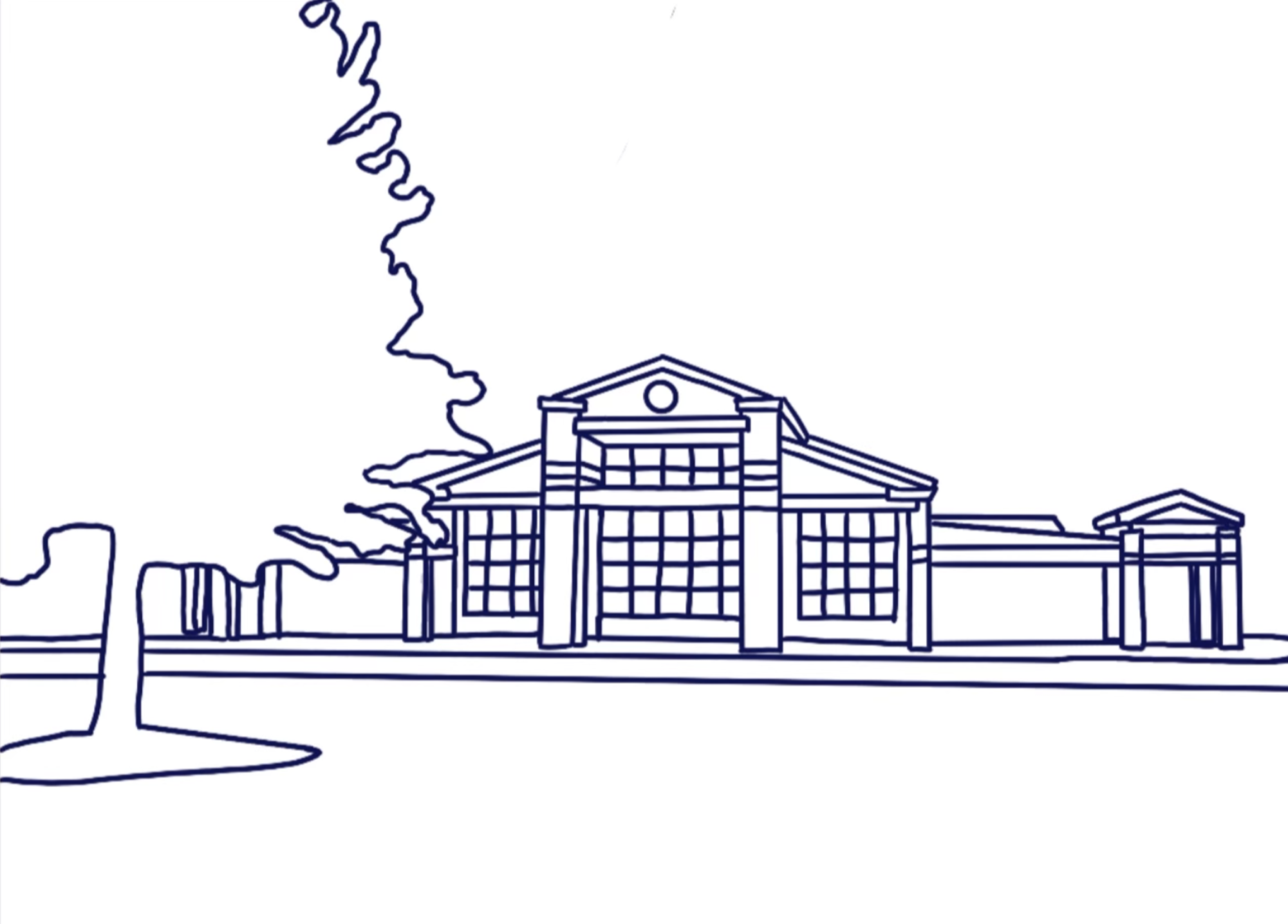
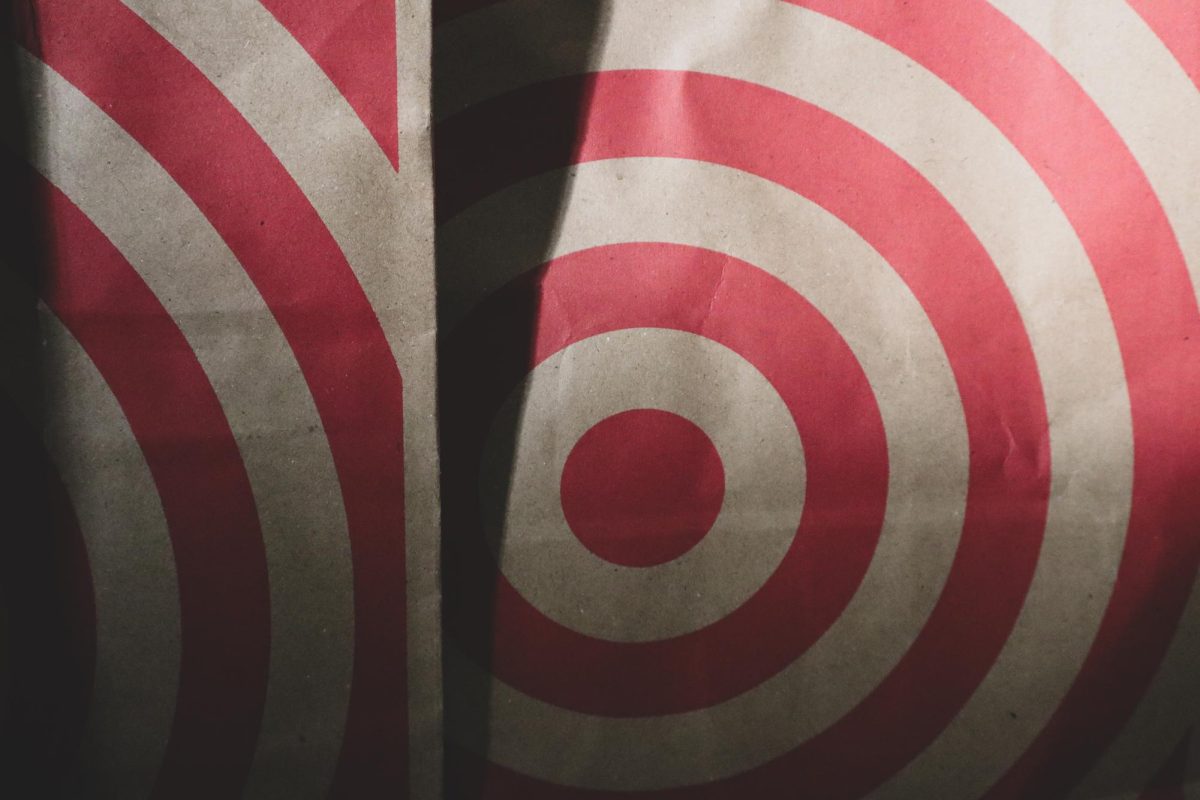
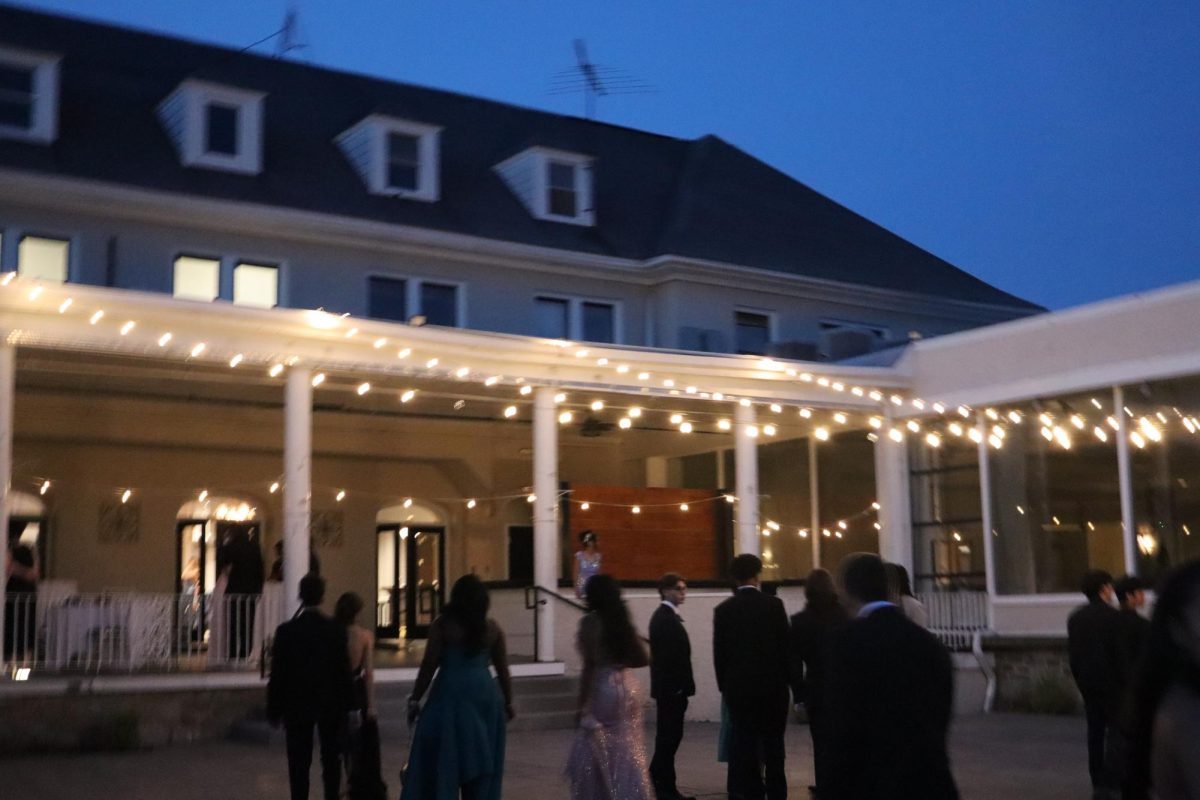

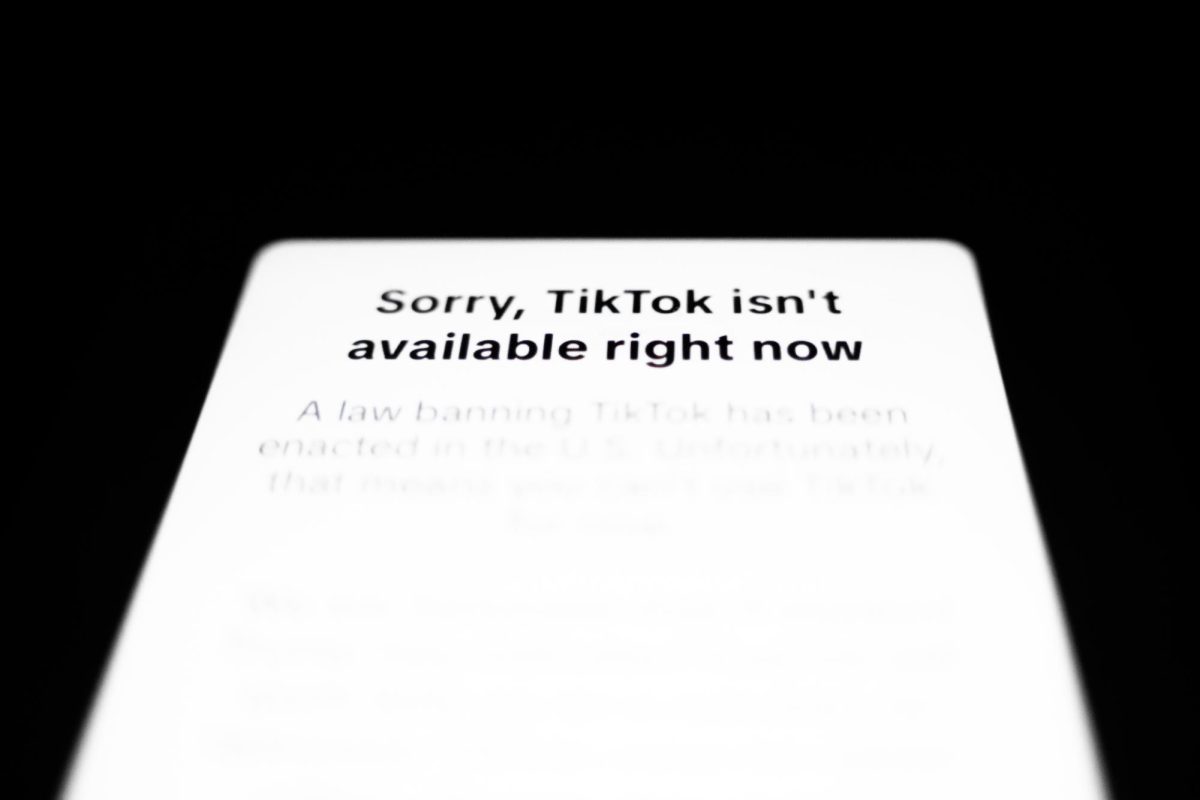
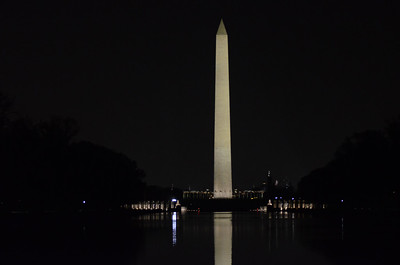

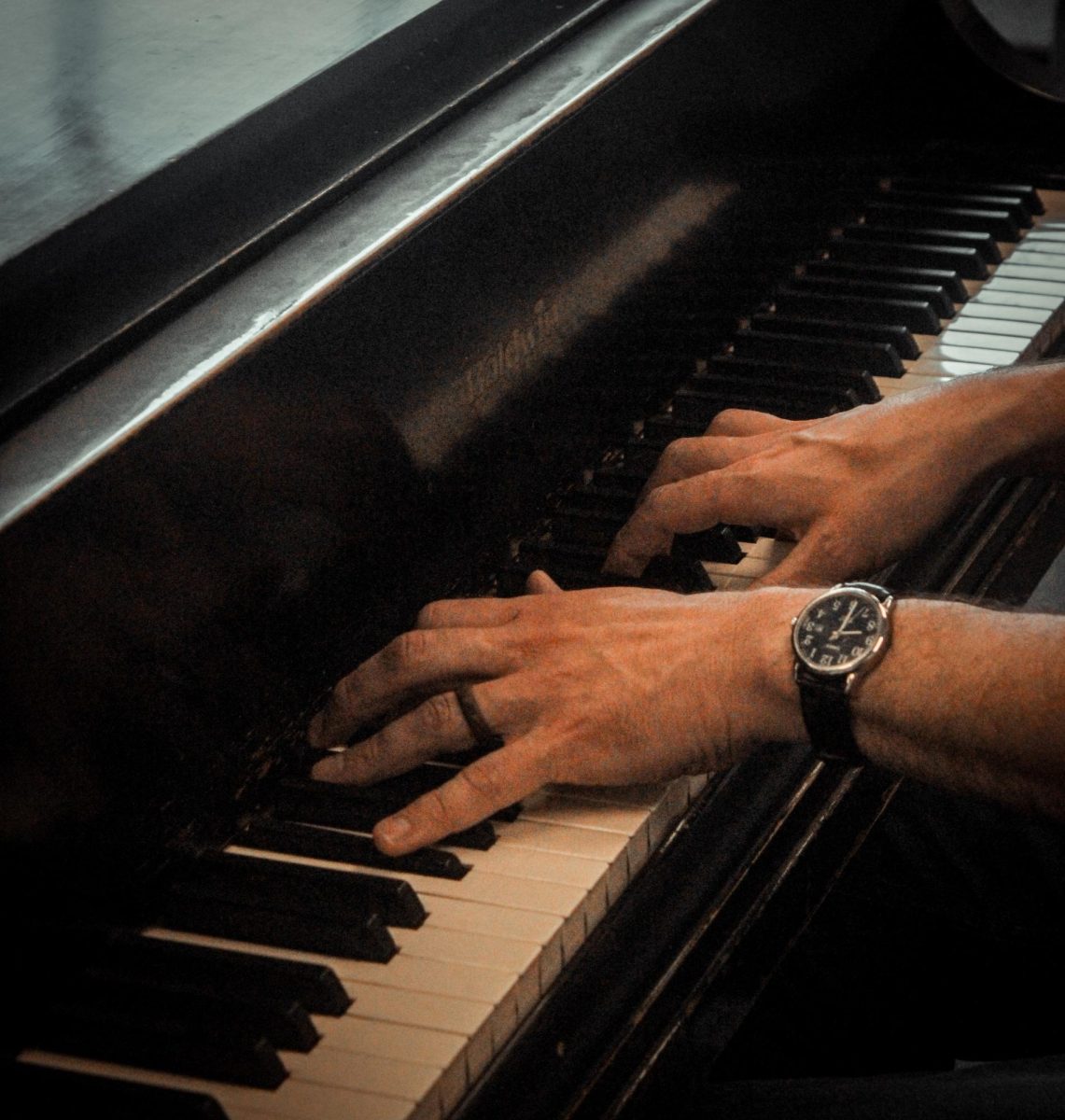


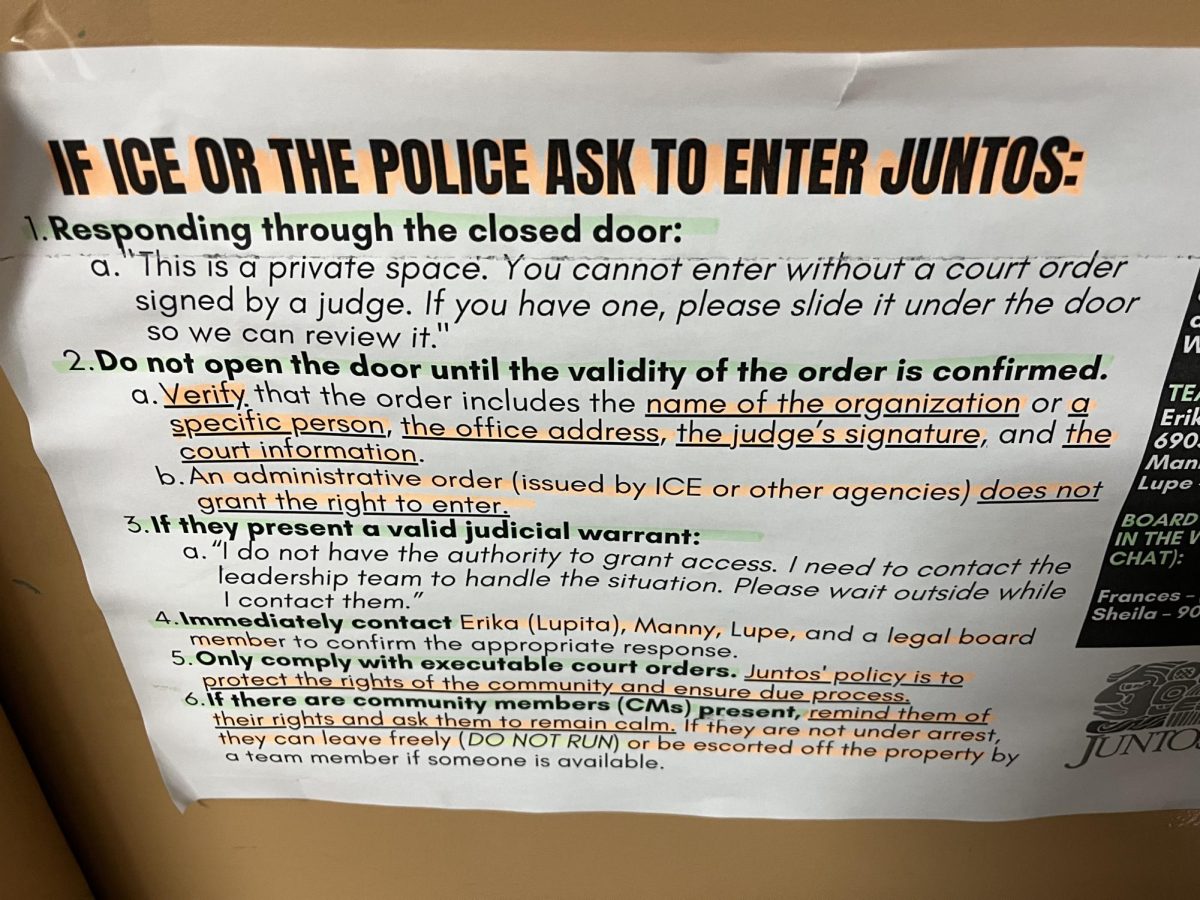
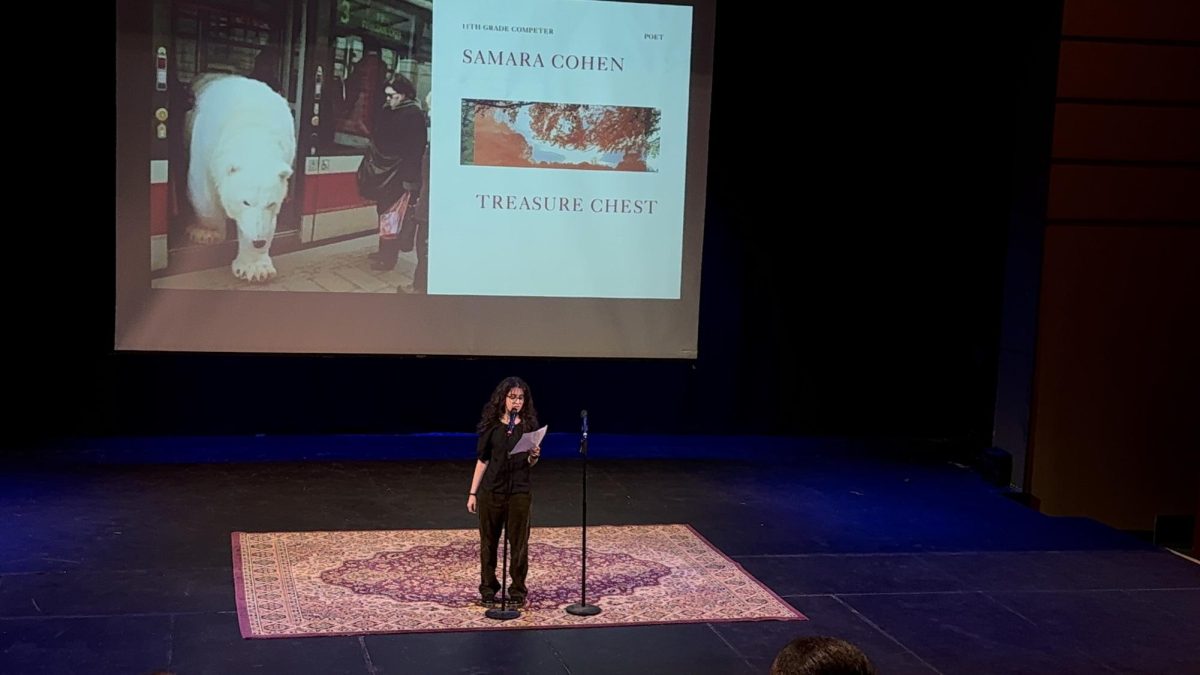
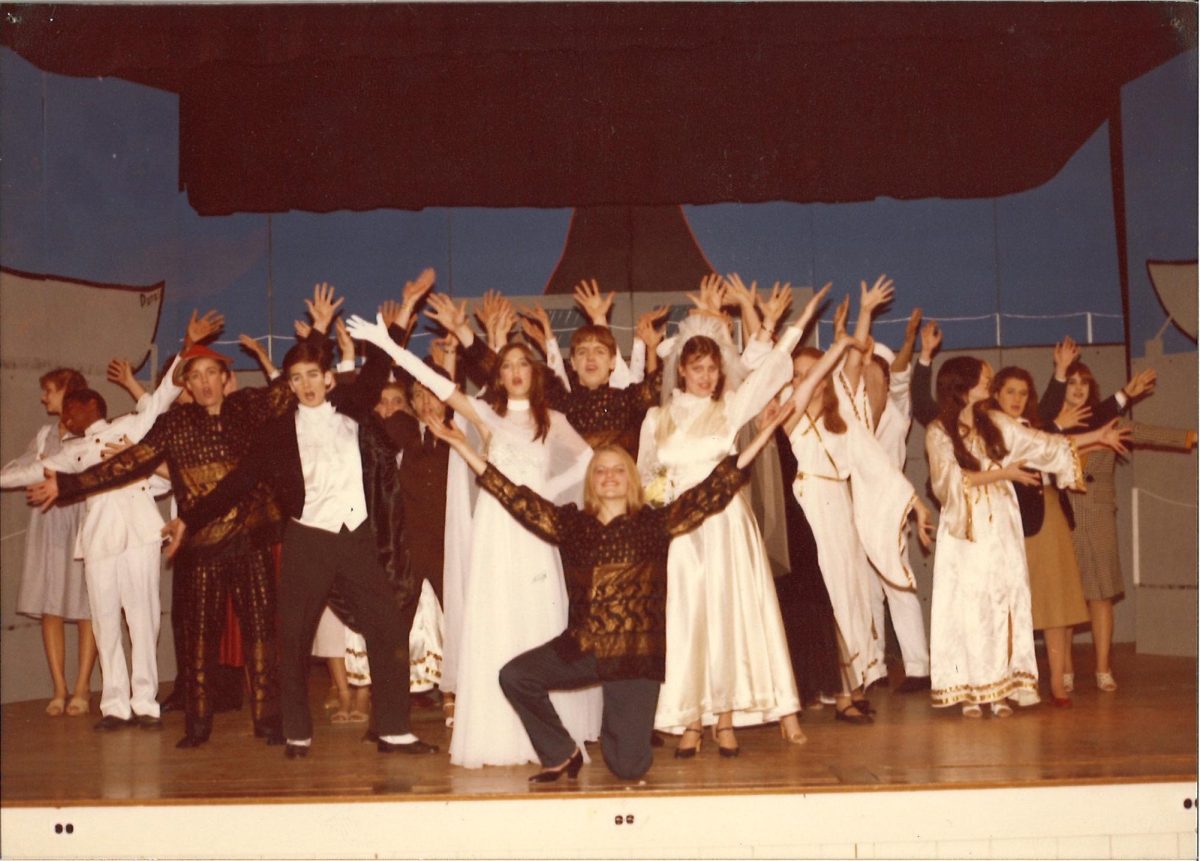



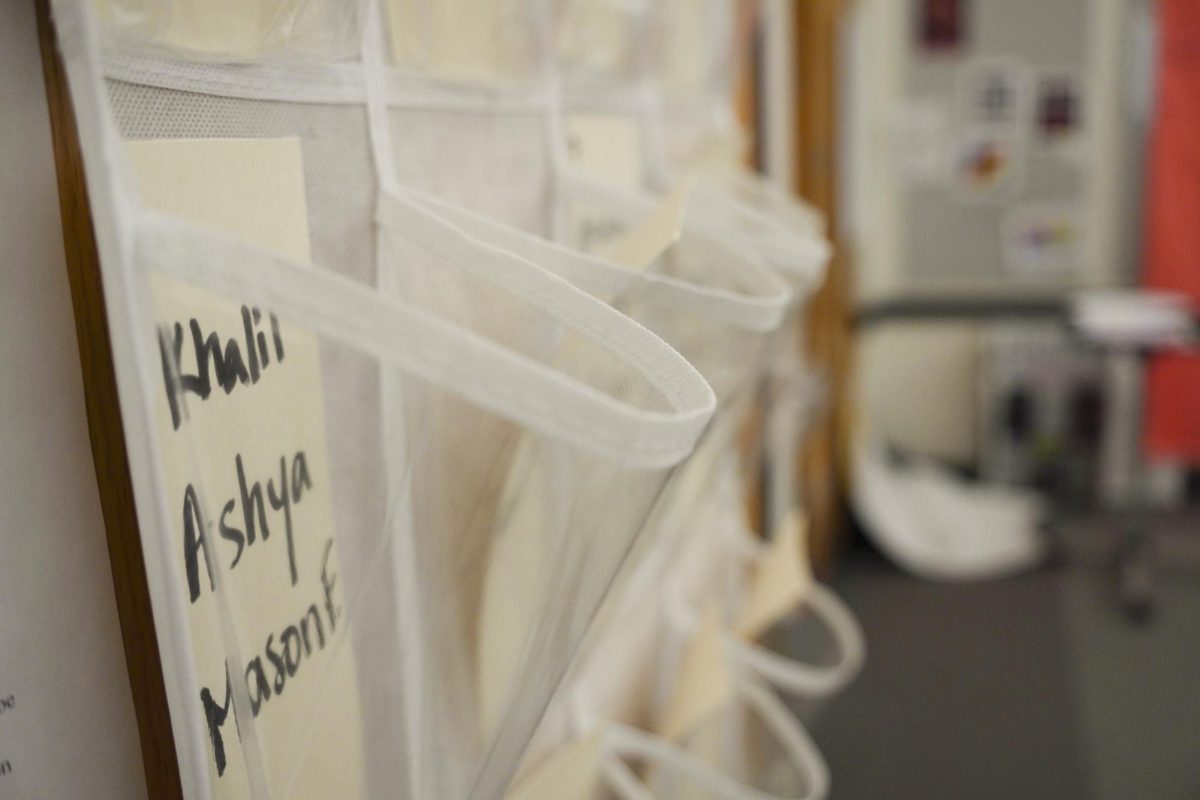
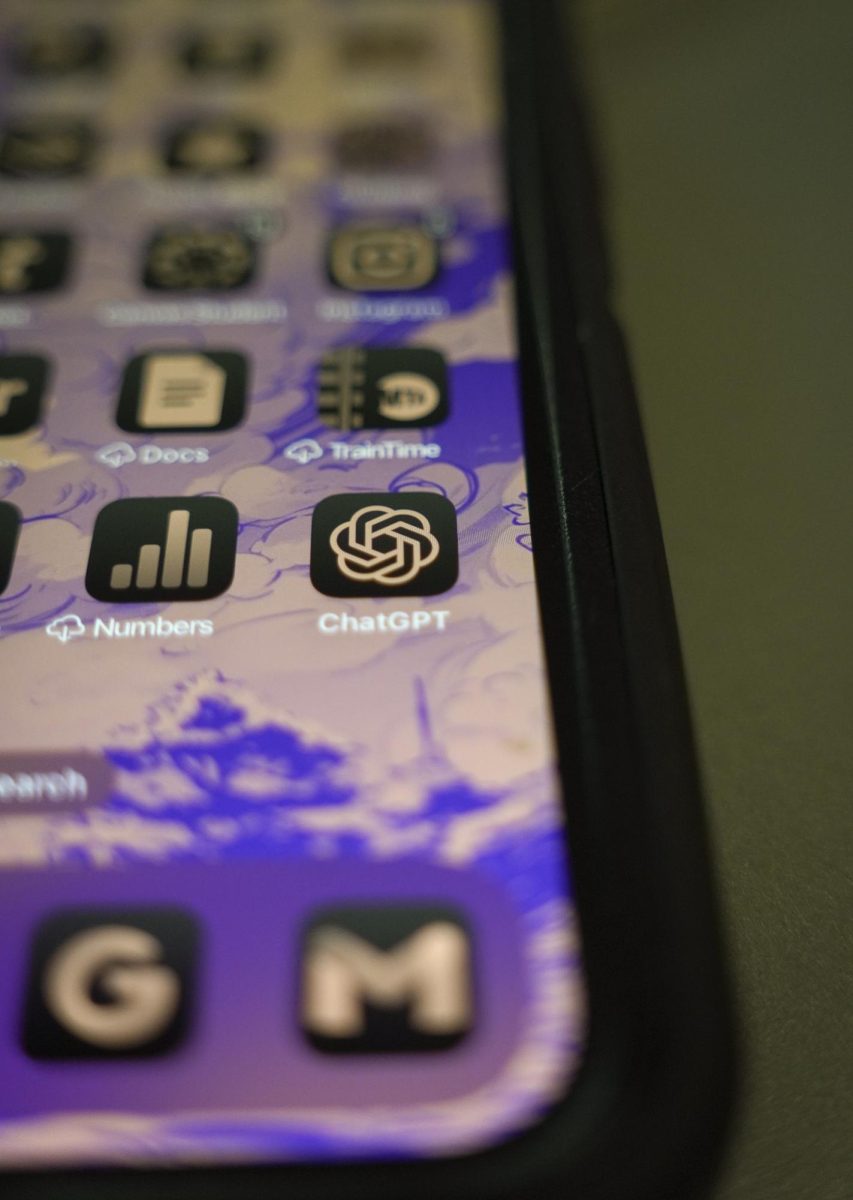
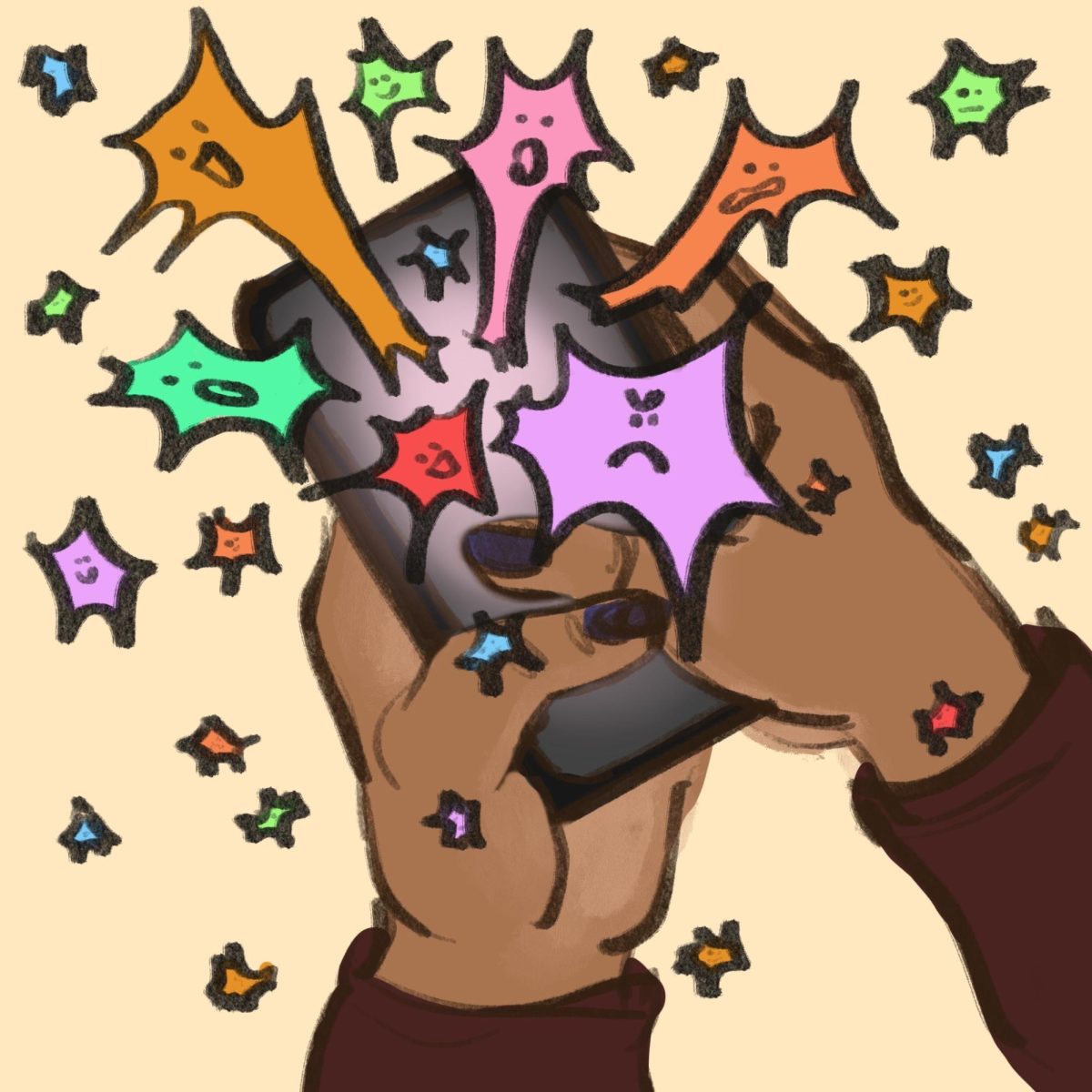

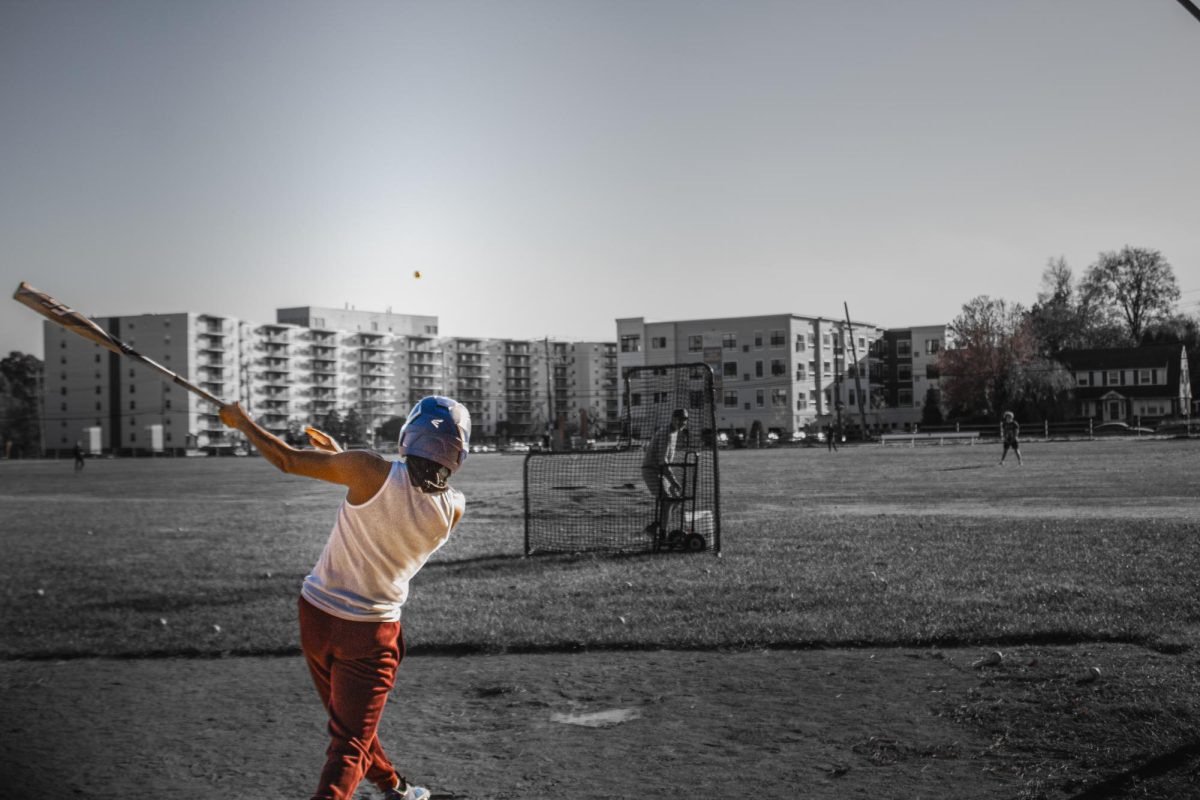
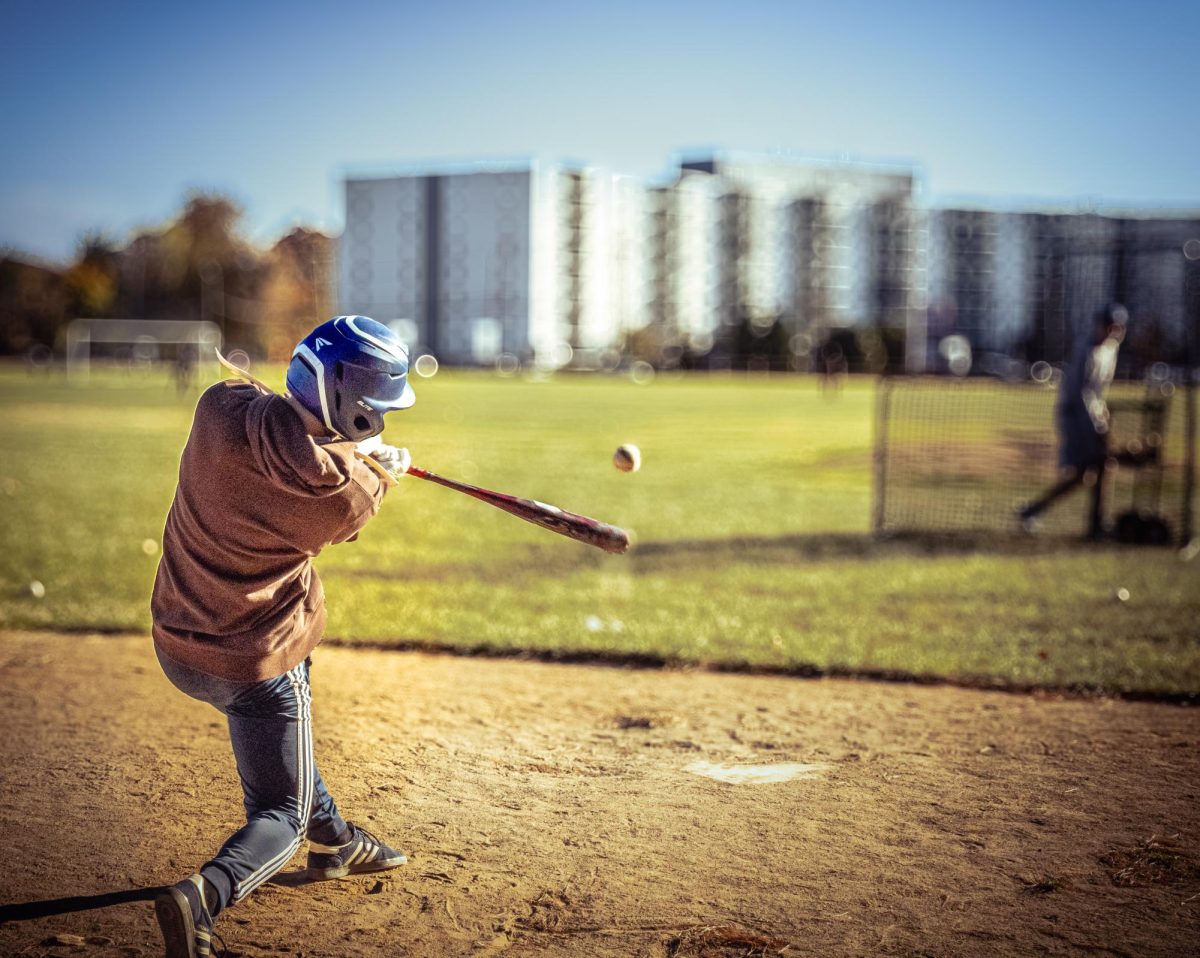


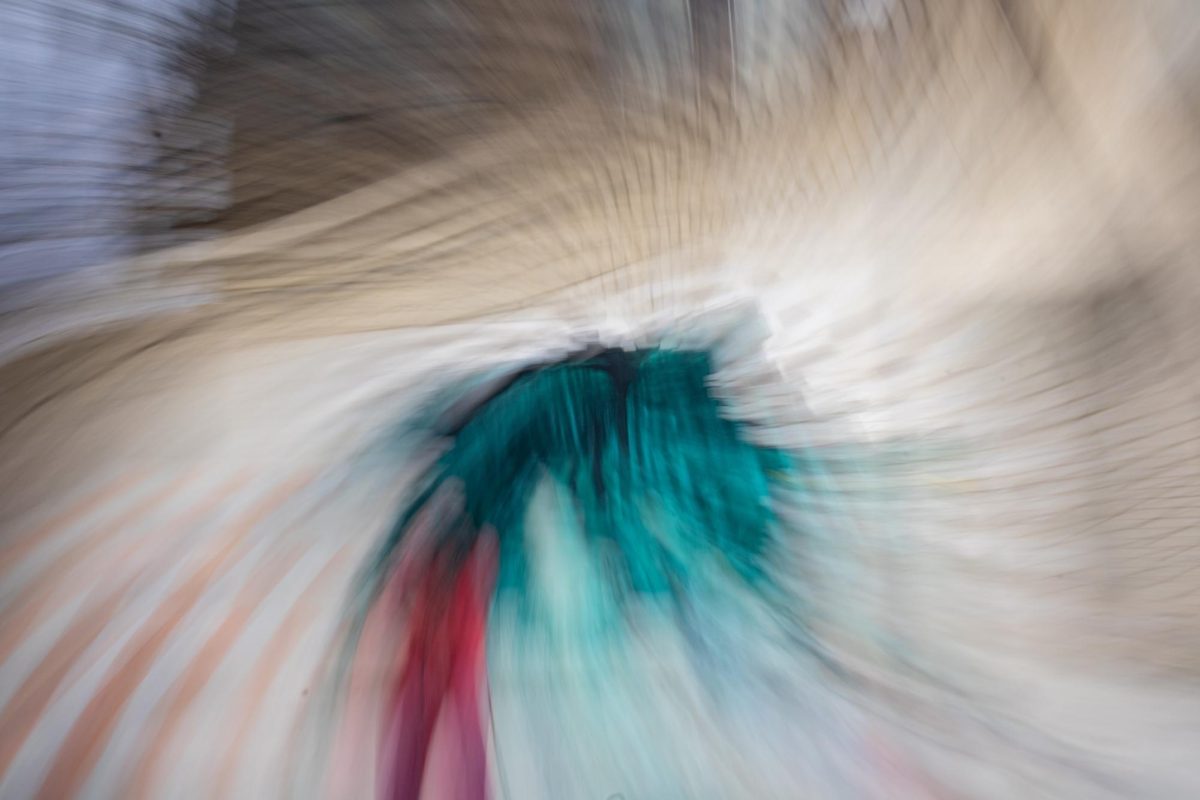

Jarius Ford • May 13, 2025 at 7:11 pm
I agree with the perspective of this article. I believe graffiti can be a good form of art, it’s a way for artists to get pieces off their chest, and their minds, and to show the world what’s inside. I like seeing graffiti, fully complete. The vibrant colors that are shown, and the large round letters that make them, with sharp cuts making them crisp and thorough. I think people don’t like graffiti because it’s unexpected; people hate new things. I also think people don’t like it because they can’t do it, people are haters, and what they can’t do, they hate on. I think graffiti can be disruptive when the artist doesn’t honor social boundaries, like certain buildings or stores. In my neighborhood, I see words, nicknames of people. I don’t have an incredible amount of graffiti in my neighborhood, but there’s a “mural” honoring someone who passed on my block. Some graffiti makes our neighborhood look messy, and run down, but others like the “mural” above make our neighborhood look honorable.
Sam L • Apr 20, 2025 at 11:30 pm
I really like the focus of this article on geometry. I think that\’s one of the things that I most notice whenever I see graffiti, and I think it\’s probably the biggest factor in me determining whether I like it or not. In comparison to other art forms, I feel like graffiti is meant to be loose and creative, not bound by a canvas. I also think that\’s why its so enticing to people, as the community and just general idea of graffiti encourages the idea. I also heavily agree that while it will always have a place in society and is even looked at fondly in some areas around me, its important not to overstep boundaries and actually cause damage to individuals
Will Ortega • Apr 19, 2025 at 5:05 pm
For the most part, I definitely agree with graffiti’s artistic value. I thoroughly enjoy seeing intricately-designed and well thought out pieces on normally unsuspecting walls and bridges. These places that would usually be completely bland, boring, or dull are made into exhibitions by the creative designs that these street artists imagine. My opinion is not as favorable when talking about tags. I can appreciate that some are well-designed, but I do feel that the majority of them are usually not as visually-appealing or as thought out as pieces tend to be. I also find tags more often in places where I feel graffiti should not be. For example, on monuments and historical buildings, as well as in nature.
Zane • Apr 18, 2025 at 10:41 am
I completely agree with this article. The way the writer is speaking about graffiti like it is such a human thing was what made me believe. I’ve just been walking around the city and noticing it everywhere — on buildings, bridges, and even in the toilet sometimes — but never considered it some sort of instinct or self-expression previously.
Even if the painting isn’t much, though, it does serve to make the area stand out — it seems as if there were people around that cared enough to stake their claim.
Many people view it as vandalism. It’s honest, it’s emotional, it’s unbridled. It is the mood of the people at the moment, though people might not necessarily be in agreement with the manner in which that they’re feeling it. I think it is important that we keep investigating why public art survives, legally or not, because it provides the means by which people who would otherwise have no way of being heard are heard.
James Soergel • Apr 17, 2025 at 1:16 pm
I like the way you approached talking about graffiti. You’re not just saying it’s good or bad, but rather looking at both sides. I feel like graffiti is usually just people trying to tell their story. It’s a way for someone to say to be defiant in a not super intrusive way. Tagging especially stands out, since I feel like many people do a little version of it themselves. A lot of people think it’s random or pointless but I think its just a little way people try to leave their mark in a place. I know some graffiti artists, they can go from making murals to just lines that people would think don’t mean anything. I’ve come to realize most graffiti out there means something to someone, and the public nature of it may be one of the appeals.
Gabriela • Apr 17, 2025 at 12:58 pm
I had never thought about or studied the art of graffiti in depth, and this article was very insightful. I always see graffiti whenever I go out, especially in the city. Sometimes I don’t even know what it says to be honest – the lettering is hard to read. I think graffiti is most impactful when it has a legible message or is an art piece rather than just letters of a word no one can understand. However, this is only my opinion, and I recognize that as a person who is not involved in the culture or art that is street art, I will never fully understand. I also thought it was interesting to think of graffiti and street art as some of the most traditional work – tracing back to cave drawings.
Roger Chen • Apr 17, 2025 at 8:59 am
I completely agree that graffiti is a valuable way for people to express themselves. I believe that graffiti is irreplaceable because of this. It is also basically impossible to get rid of, as there will always be people toeing the line. Graffiti is often seen in a negative light, with many thinking that it removes a sense of cleanliness from an environment. Other times, graffiti can be seen as a way to add a sense of liveliness to a place. One point that I especially liked from this article is how people will always have opinions and emotions they need to express, and graffiti will always be an option for them.
Trey • Apr 17, 2025 at 8:53 am
I agree with your point that graffiti is a very deep form of human expression. Even though graffiti as an art has the most negative connotation, I think it is still quite interesting and enjoy seeing it while driving to school. I feel like it is a deep form of expression that is often misunderstood. Even though I usually do not always understand what I’m looking at, I enjoy the unique combination of letters and geometric structures. Overall, I feel like graffiti is not as harmful as many make it out to be. I feel like graffiti can add to a community as art that anyone, whether or not they are from the area, can observe.
Wyatt • Apr 17, 2025 at 8:32 am
I agree with this perspective. I think although some people see it as a crime I enjoy looking at graffiti. In my neighborhood there is some graffiti that pops up now and then. Normally just names or symbols but it is still interesting to see. I live near the wissahickon and especially in there on bridges and stuff there is a lot of Graffiti. It does not really impact the community from my point of view. It is not harmful or anything it is just art for people to observe. Overall I think graffiti is just a form of art and I don’t think it should be frowned upon so much.